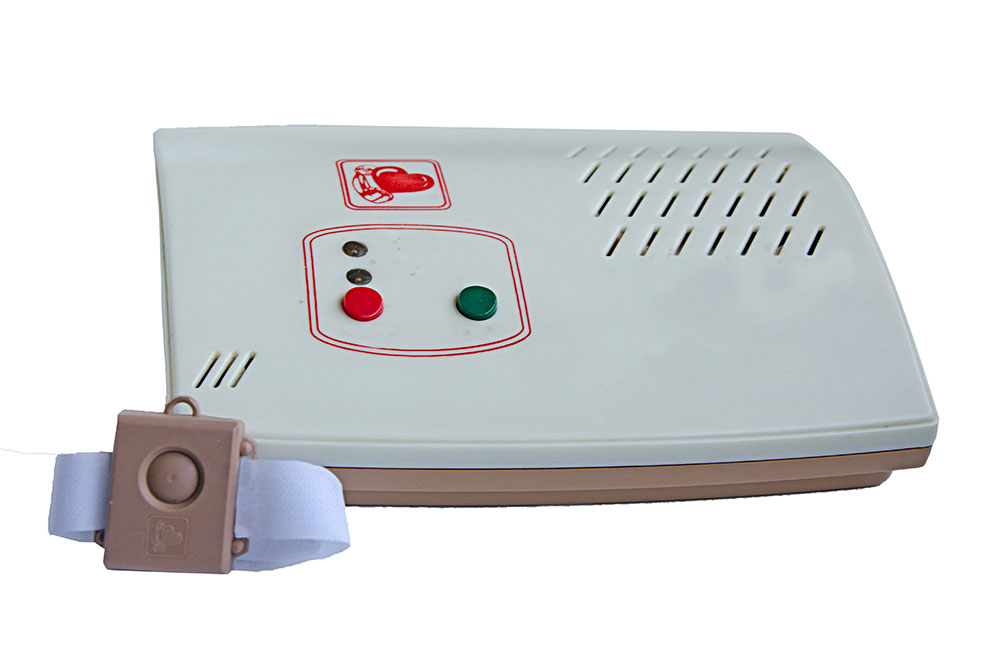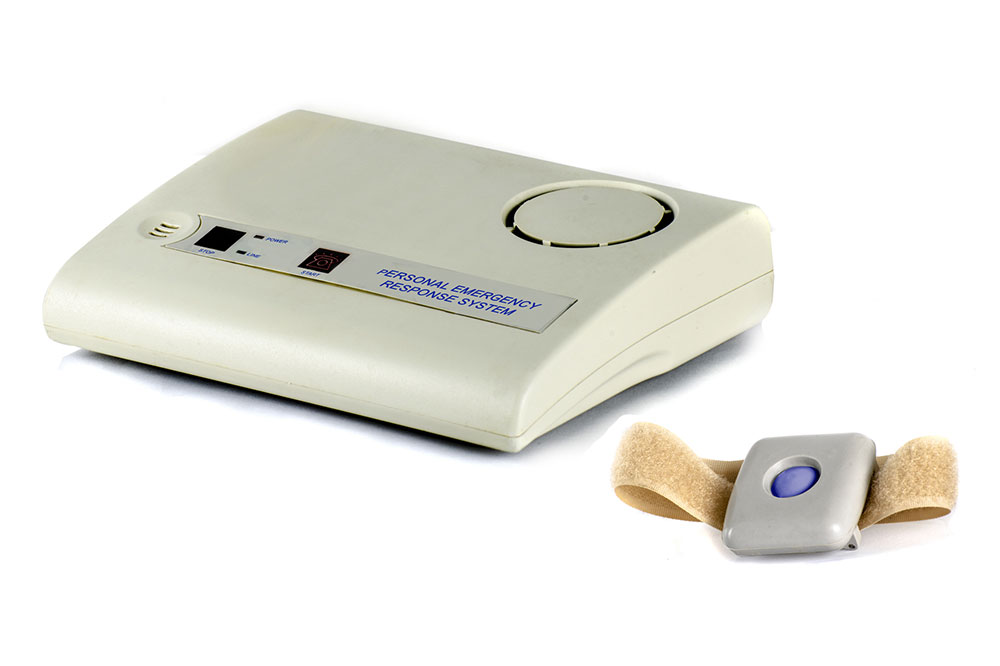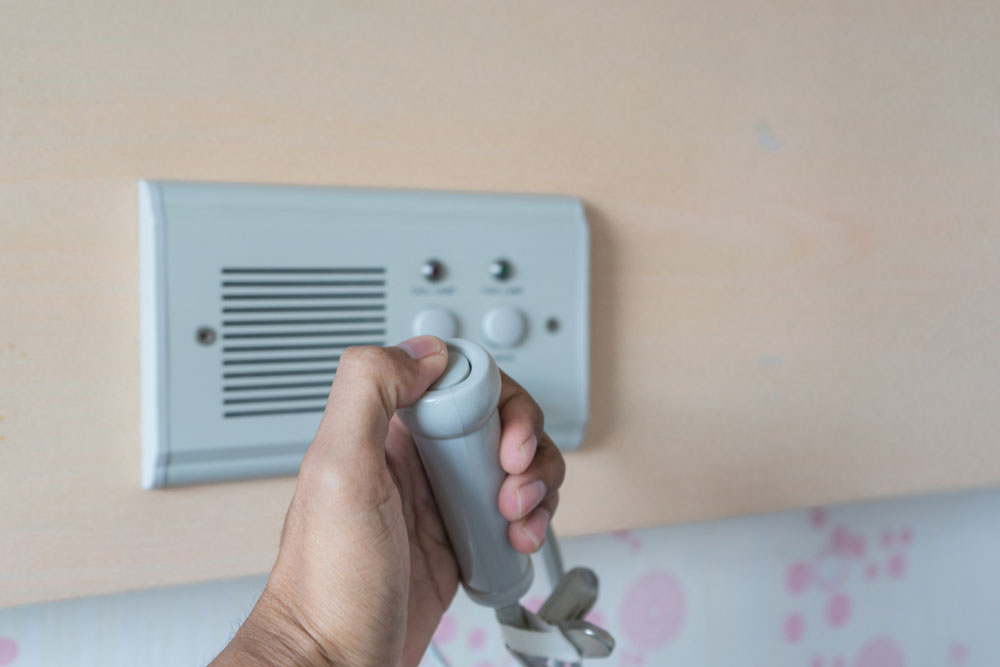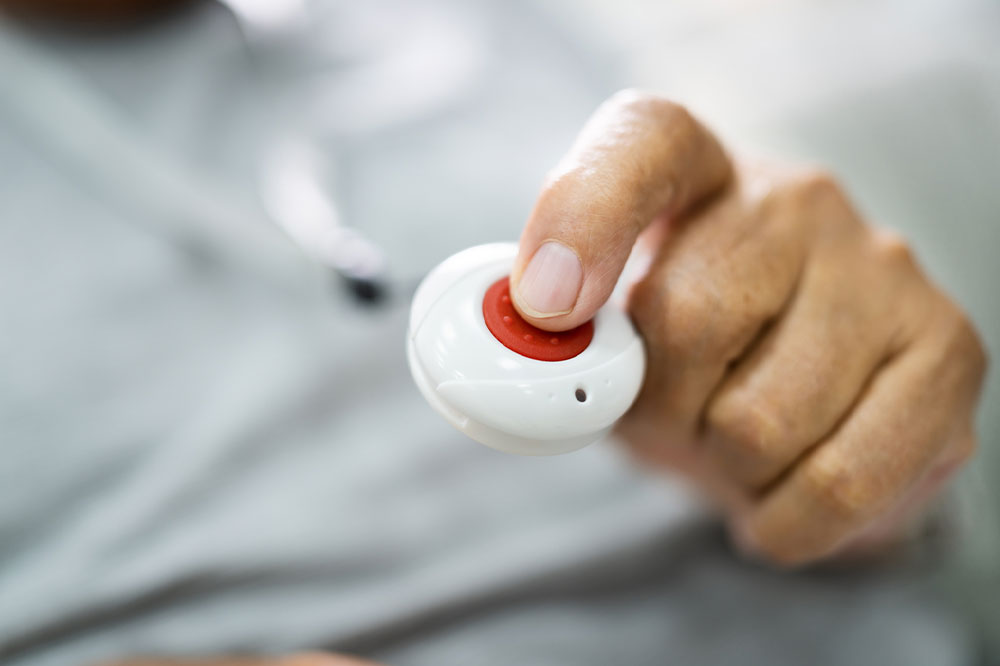Comprehensive Introduction to Early Medical Alert Systems: Ensuring Safety and Independence
Discover the essential features and benefits of early medical alert systems that have revolutionized emergency safety for seniors and vulnerable populations. From simple connectivity to 24/7 support, learn how these reliable devices empower users to live independently with confidence and security. This guide explores their design, operation, and how to choose the right system for your needs, highlighting their lasting impact on personal safety technology.

Understanding the Essentials of Early Medical Alert Systems
Medical alert devices have become indispensable tools for ensuring safety, especially for seniors and individuals with medical conditions. These devices serve as vital lifelines during emergencies, providing immediate access to assistance when most needed. Among the earliest models available on the market, the initial medical alert systems distinguished themselves with their simplicity, affordability, and ease of use. As technology has advanced, these early systems laid the groundwork for sophisticated solutions that continue to support independent living today.
These pioneering alert devices are engineered to be durable, lightweight, and straightforward in operation, making them ideal for users who require reliable emergency support without the complexity of modern smart technology. Typically, they come in simple packages containing two main components—an easy-to-install base unit and a wearable help button—which can be set up by most users without professional assistance or technical expertise.
The core functionality of these initial medical alert systems involves connecting directly to the home’s standard phone line and power outlet. This setup allows users to summon help instantly during medical emergencies or urgent situations. The system includes waterproof help buttons, which can be worn as bracelets or necklaces for convenience, ensuring safety even in wet conditions or during mobility within the home.
One of the notable features of these early systems is their effective communication range—typically up to 600 feet. This means users can comfortably move around their homes, using the wearable help button to alert caregivers or emergency services without being restricted to a single spot. Moreover, these systems support round-the-clock (24/7) medical support services, providing peace of mind for users and their loved ones.
In addition to wearable buttons, many early alert systems come equipped with hardware enhancements such as wall-mounted emergency buttons, voice extenders, and loudspeakers to facilitate clearer communication during crises. Even in the event of a power outage, these devices are designed to operate for up to 24 hours without interruption, ensuring continuous safety and emergency readiness around the clock.
Availability of early medical alert systems is widespread across the United States. To select the most suitable device, prospective buyers are encouraged to compare various options online. Key considerations include service coverage area, ease of installation, additional features, and customer reviews. Resources like Consumer Reports (www.consumerreports.org) provide detailed analyses and insights into different models—including first-generation medical alert systems—to help consumers make informed choices that best meet their safety needs.
In summary, early medical alert systems played a pivotal role in advancing personal safety technology, laying the foundation for modern medical alert solutions. Their simplicity, affordability, and reliability continue to benefit millions by providing a dependable safety net, especially for vulnerable populations living independently. As technology evolves, these early models serve as a fundamental reference point, demonstrating how accessible emergency support can empower users to live confidently and securely at home. This comprehensive overview highlights the importance of understanding the basic features, functionality, and selection criteria of early medical alert systems, making them a crucial component in emergency preparedness and independent living strategies.





